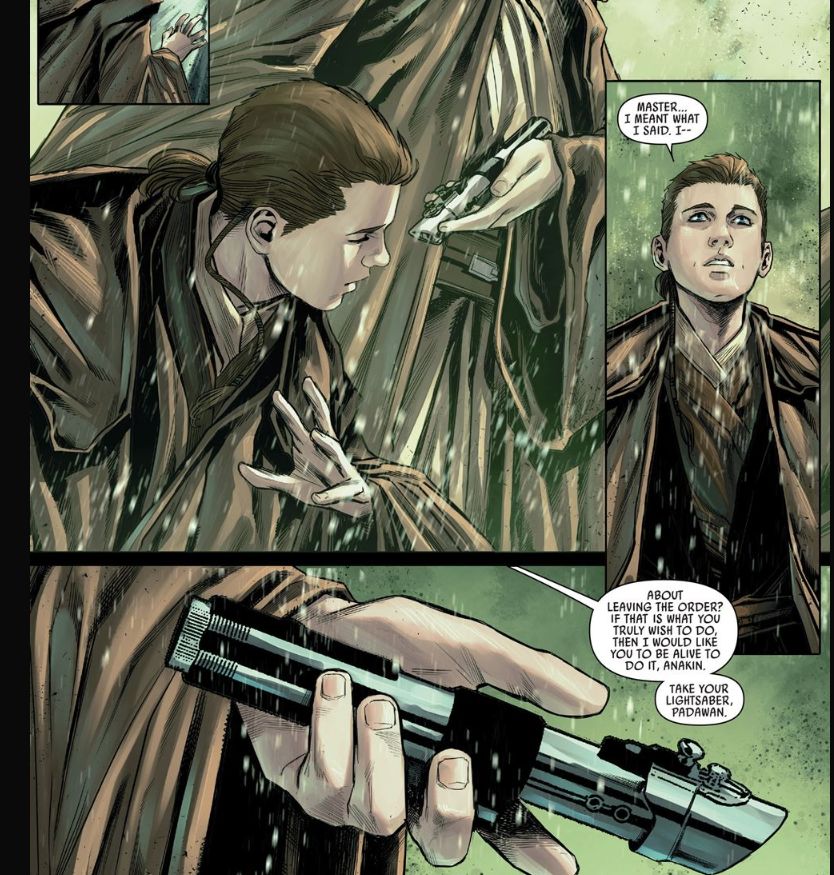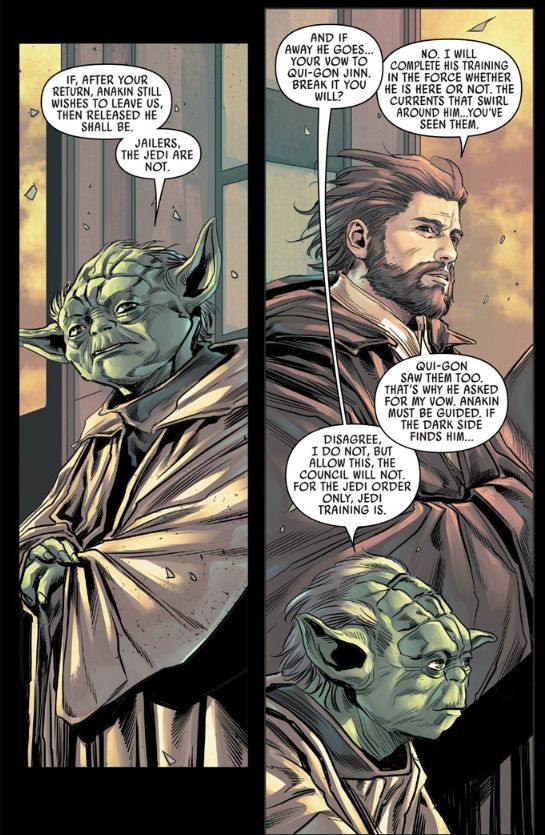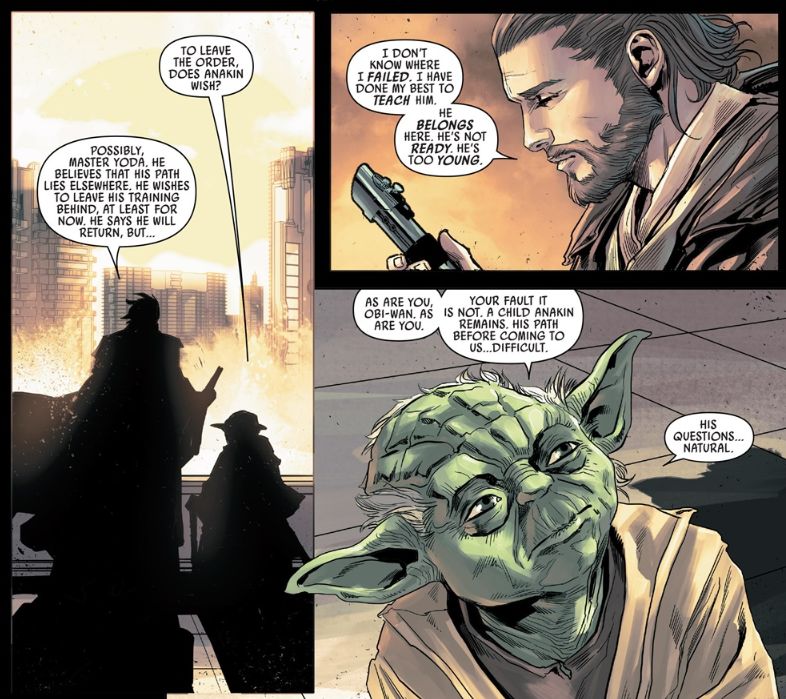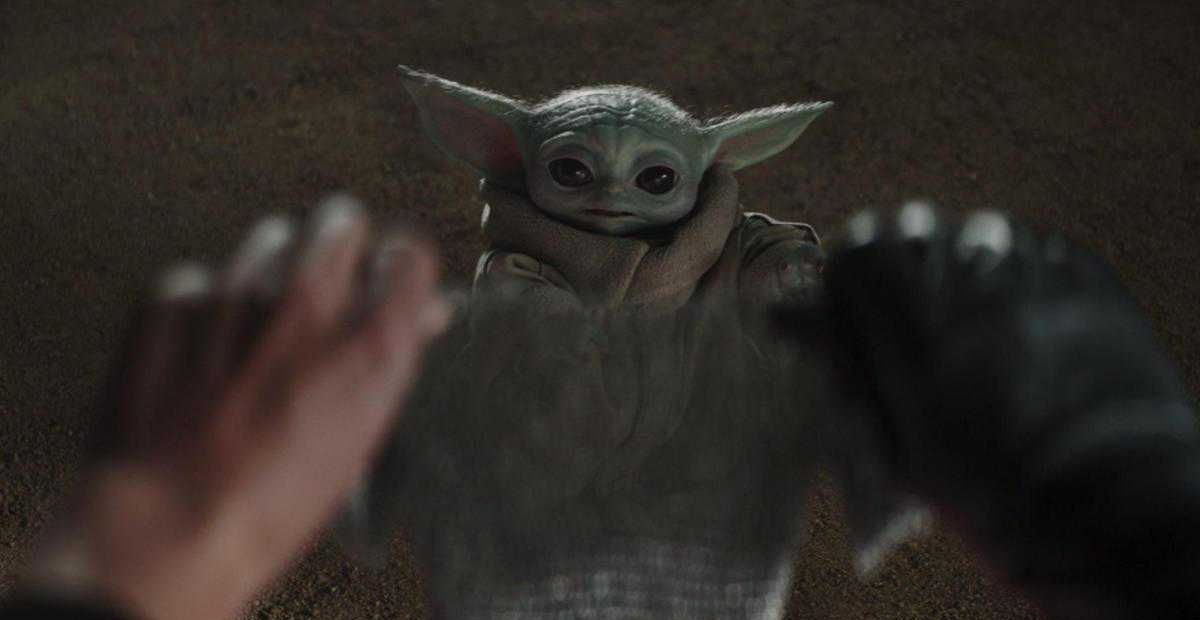When Luke Skywalker presented Grogu with a choice between Yoda’s lightsaber and the beskar chainmail in The Book of Boba Fett, it sparked debates among fans.
Why did he force such a choice on a youngling? Was Luke adopting the rigid, outdated policies of the old Jedi Order?
Here’s why Luke might have believed giving Grogu a choice was the right call.
Luke’s Decision to Let Grogu Choose Is the Jedi Way
By the time we see Luke Skywalker in The Mandalorian, saving Din Djarin and his group, I know that was a goosebump-inducing moment—everything about it was just so cool, I can’t lie. But the story didn’t end the moment Luke appeared and sliced through the Dark Troopers.
We also got to see Luke training Grogu, but the real debate started when Luke let Grogu choose his own path—and Grogu decided to return to the Mandalorians. Some fans questioned whether Luke should have given him that choice at all.
But here’s the thing—Luke had to let Grogu decide because that’s the Jedi way. Throughout Jedi history, masters have allowed their Padawans to choose their own paths. In fact, Obi-Wan Kenobi did the same for Anakin Skywalker, giving him the option to stay or leave the Jedi Order.
Yes, you read that right—Obi-Wan actually let Anakin choose whether to stay with the Jedi, and that moment is canon.
Let me explain.
In the comic series Star Wars: Obi-Wan & Anakin, we see a moment when Anakin questions whether he truly belongs in the Jedi Order. This takes place after The Phantom Menace when Anakin is still a young Padawan under Obi-Wan’s training. However, Anakin starts feeling that the Jedi aren’t what he expected, and he asks Obi-Wan to let him leave.

Obi-Wan, clearly troubled by this, seeks guidance from Master Yoda. Not because he’s upset about Anakin possibly leaving, but because he feels like he failed as a teacher, like he hadn’t shown Anakin what the Jedi truly stood for.
Here’s how the conversation went:
“Yoda: To leave the Order, does Anakin wish?
Obi-Wan: Possibly, Master Yoda. He believes that his path lies elsewhere. He wishes to leave his training behind, at least for now. He says he will return, but…
I don’t know where I failed. I have done my best to teach him. He belongs here. He’s not ready. He’s too young.
Yoda: As are you, Obi-Wan. As are you. Your fault it is not. A child Anakin remains. His path before coming to us… difficult. His questions… natural.”

Master Yoda then assigns Obi-Wan and Anakin a mission—with one condition. If Anakin still wishes to leave the Order when they return, then they must let him go.
Yoda makes it clear:
“If, after your return, Anakin still wishes to leave us, then released he shall be. Jailers the Jedi are not.”

So when Luke gives Grogu the choice, he’s simply following a long-standing Jedi principle—one that even Obi-Wan and Yoda upheld. The Jedi are not meant to force anyone to stay; they allow their students to choose their own path.
Providing Grogu with a Way Out
Looking at the scenario above, it’s clear that Luke understood the strong bond between Grogu and Din Djarin while training him. If you watch closely, Luke’s training methods almost feel like he’s trying to convince Grogu to become a Jedi, whether by making him relive Order 66 or telling him about Master Yoda, a Jedi of the same species.
Then, when Ahsoka visits Luke, she directly points out how strong the connection between Grogu and Din has become. That moment forces Luke to make a decision—to let Grogu choose his own path.
I really like how Luke handles this choice, presenting Yoda’s lightsaber and Din Djarin’s armor as two symbolic options.
A lightsaber isn’t just a Jedi’s weapon—it can also be a temptation. Let’s be honest, if it were me, I’d probably grab it just to swing it around, just like Luke did when Obi-Wan first showed him a lightsaber. But Grogu doesn’t fall for that temptation. His mind is made up—he chooses to be with Din Djarin and the Mudhorn Clan.

